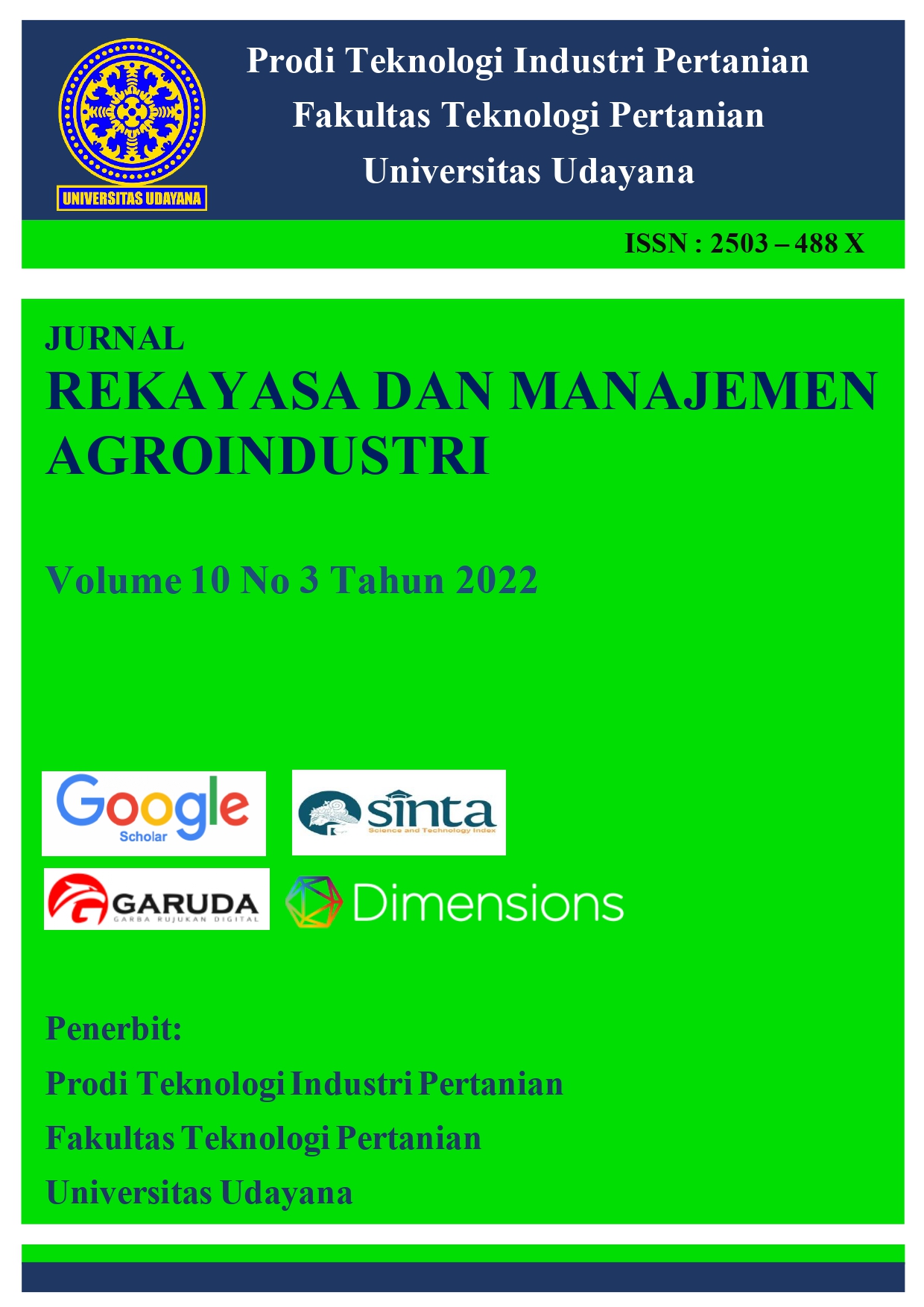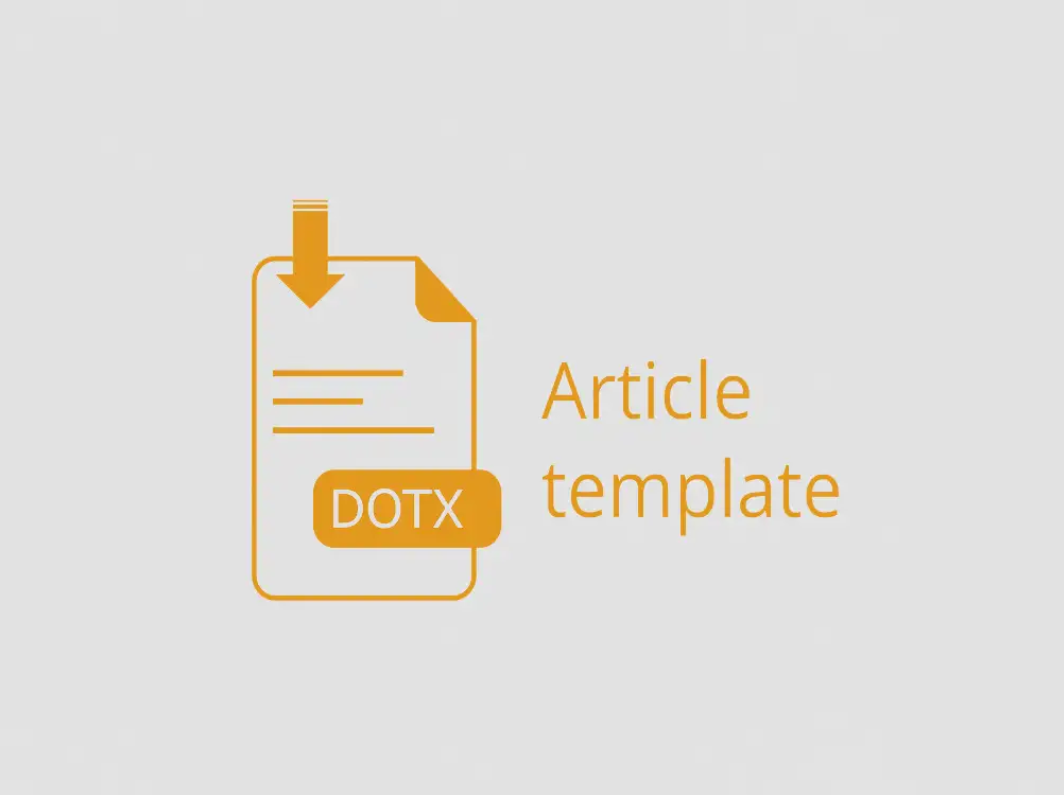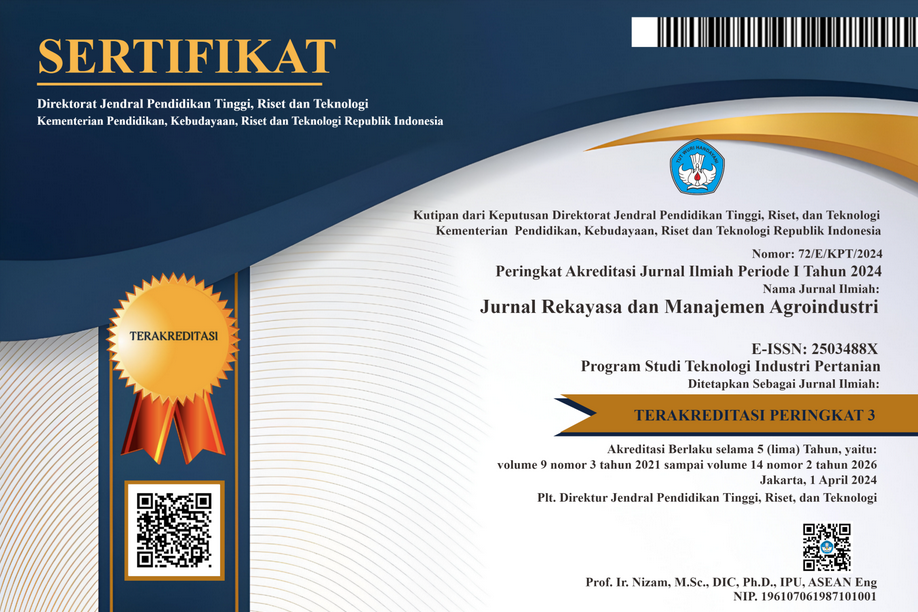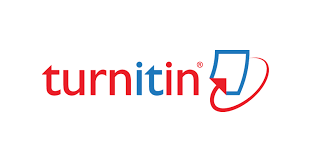Pengaruh Rasio Bahan:Pelarut dan Waktu Ekstraksi dengan Gelombang Mikro terhadap Ekstrak Etanol Kulit Buah Kopi Robusta Sebagai Sumber Antioksidan
Abstract
Penelitian ini dilakukan untuk mengetahui pengaruh rasio bahan:pelarut dan waktu ekstraksi dengan mikrowave terhadap ekstrak etanol kulit kopi robusta sebagai sumber aktivitas antioksidan dan untuk mendapatkan rasio bahan:pelarut dan waktu ekstraksi terbaik yang dapat menghasilkan ekstrak etanol. kulit kopi robusta sebagai sumber antioksidan. Rancangan percobaan yang digunakan dalam penelitian ini adalah rancangan acak kelompok faktorial, yang dikelompokkan menjadi 2 kelompok berdasarkan waktu pelaksanaan dan terdiri dari dua faktor. Faktor pertama adalah rasio bahan:pelarut yang terdiri dari 3 taraf yaitu 1:20 ; 1:30 ; 1:40. Faktor kedua adalah waktu ekstraksi yang terdiri dari 3 taraf yaitu 5, 10, dan 15 menit. Data dianalisis dengan analisis ragam dan dilanjutkan dengan uji Tukey. Hasil penelitian menunjukkan bahwa perbandingan bahan:pelarut dan waktu ekstraksi berpengaruh sangat nyata terhadap rendemen, total fenolat, total flavonoid, dan aktivitas antioksidan. Interaksi antar perlakuan berpengaruh sangat nyata terhadap aktivitas anti oksidan dan total flavonoid. Dan berpengaruh nyata terhadap kandungan total fenol. Rasio padat terhadap pelarut dan waktu ekstraksi tidak berpengaruh nyata terhadap rendemen kulit kopi robusta. Perlakuan terbaik menunjukkan perbandingan padat terhadap pelarut 1:30 selama 10 menit menggunakan microwave dengan karakteristik yield 8,86±0,08%, total fenol 8,55±0,13 mg GAE/g ekstrak, total flavonoid 6,87±0,12 mg QE/g ekstrak , dan aktivitas antioksidan adalah 37,84±0,14 mg GAE/g ekstrak.
Downloads
References
Ary Koesnadi, E., I.N. Kencana Putra, dan A.A.I. Sri Wiadnyani. 2021. Pengaruh Waktu Ektraksi Terhadap Aktivitas Antioksidan Ekstrak Daun Rambusa (Passiflora foetida L.) Menggunakan Metode Microwave Assisted Extraction (MAE). Jurnal Ilmu Dan Teknologi Pangan (ITEPA), 10(3), 357. https://doi.org/10.24843/itepa.2021.v10.i03.p04
Badan Pusat Statistik. 2021a. Produksi Kopi Arabika Menurut Kabupaten/Kota di Provinsi Bali 2019-2021. Badan Pusat Statistik Provinsi Bali. https://bali.bps.go.id/indicator/54/349/1/produksi-kopi-arabika-menurut-kabupaten-kota-di-provinsi-bali.html.
Badan Pusat Statistik. 2021b. Produksi Kopi Robusta Menurut Kabupaten/Kota di Provinsi Bali 2019-2021. Badan Pusat Statistik Provinsi Bali. https://bali.bps.go.id/indicator/54/350/1/produksi-kopi-robusta-menurut-kabupaten-kota-di-provinsi-bali.html.
Chang, C., M. Yang, H. Wen, and J. C. 2002. Estimation of total flavonoid content in propolis by two complementary colorimetric methods. Journal Food Drug Anal., 10, 178–182.
De Garmo, E. P., W. G. Sullivan, and C. R. C. 1984. Engineering Economy. Macmillan Publisher.
Esquivel, P., and V.M. Jiménez. 2012. Functional properties of coffee and coffee by-products. Food Research International, 46(2), 488–495. https://doi.org/10.1016/j.foodres.2011.05.028
Febriyanto, F., N. I. Hanifa, dan H. Muliasari. 2021. Penetapan Kadar Fenolik Total Ekstrak Kulit Buah Kopi Robusta (Coffea canephora L.) Di Pulau Lombok. Lumbung Farmasi: Jurnal Ilmu Kefarmasian, 2(2), 89. https://doi.org/10.31764/lf.v2i2.5489
Hafsah, H., I. Iriawati, dan T.S. Syamsudin. 2020. Dataset of volatile compounds from flowers and secondary metabolites from the skin pulp, green beans, and peaberry green beans of robusta coffee. Data in Brief, 29. https://doi.org/10.1016/j.dib.2020.105219
Handayani, H. dan F.H. Sriherfyna. 2016. Ekstraksi Antioksidan Daun Sirsak Metode Ultrasonic Bath (Kajian Rasio Bahan: Pelarut dan Lama Ekstraksi). Jurnal Pangan Dan Agroindustri, 4(1), 262–272.
Handayani, P. A., N. S. Ramadani, dan D. Kartika. 2018. Pemungutan Tanin Propagul Mangrove (Rhizopora mucronata) dengan Pelarut Etanol dan Aquades Sebagai Zat Warna Alami Menggunakan Metode Microwave Assisted Extraction. Jurnal Kompetensi Teknik, 10(1), 22–27.
He, Q., Y. Li, P. Zhang, A. Zhang, and H. Wu. 2016. Optimisation of microwave-assisted extraction of flavonoids and phenolics from celery (Apium graveolens L.) leaves by response surface methodology. Czech Journal of Food Sciences, 34(4), 341–349. https://doi.org/10.17221/266/2015-CJFS
Huang, J., W. He, C. Yan, X. Du, and X. Shi. 2017. Microwave assisted extraction of flavonoids from pomegranate peel and its antioxidant activity. BIO Web of Conferences, 8, 03008. https://doi.org/10.1051/bioconf/20170803008
Ince, A. E., S. Şahin, and S.G. Şümnü. 2013. Extraction of phenolic compounds from melissa using microwave and ultrasound. Turkish Journal of Agriculture and Forestry, 37(1), 69–75. https://doi.org/10.3906/tar-1201-1
Jain, T., V. Jain, R. Pandey, A. Vyas, and S. S. Shukla. 2009. Microwave Assisted Extraction for phytoconstituents–an overview. 2(1), 19–25.
Latifa Putri Aulia dan Simon Bambang Widjanarko. 2018. Optimasi Proses Ekstraksi Daun Sirsak (Annona muricata L) Metode MAE (Microwave Assisted Extraction) dengan Respon Aktivitas Antioksidan dan Total Fenol. Jurnal Agroindustri Halal, 4, 079–087.
Nafisah, D., dan T. D. Widyaningsih. 2018. Kajian Metode Pengeringan dan Rasio Penyeduhan pada Proses Pembuatan Teh Cascara Kopi Arabika (Coffea arabika L.). Jurnal Pangan dan Agroindustri, 6(3), 37–47. https://doi.org/10.21776/ub.jpa.2018.006.03.5
Purbowati, I. S. M. and A. Maksum. 2019. The antioxidant activity of Roselle (Hibiscus sabdariffa Linii) phenolic compounds in different variations microwave-Assisted extraction time and power. IOP Conference Series: Earth and Environmental Science, 406(1). https://doi.org/10.1088/1755-1315/406/1/012005
Puspitaningtyas, D., G. P. Ganda Putra dan L. Suhendra. 2021. Pengaruh Konsentrasi Etanol dan Waktu Ekstraksi menggunakan Metode Microwave Assisted Extraction (MAE) terhadap Aktivitas Antioksidan Ekstrak Kulit Buah Kakao. Jurnal Rekayasa Dan Manajemen Agroindustri, 9(3), 371. https://doi.org/10.24843/jrma.2021.v09.i03.p10
Putri, I. A.K, I. R. dan F. M. 2020. Ektraksi Flavonoid Pada Daun Beluntas (Pluchea Indica less) Menggunakan Pelarut Air Berbantu Gelombang Mikro. Inovasi Teknik Kimia, 5(1), 38–41.
Sa’diyah, N., M.F. Aminudin, P. Prihastuti, and L. Kurniasari. 2019. Ekstraksi Kulit Buah Manggis (Garcina mangostana L.) Menggunakan Microwave Assisted Eextraction. Prosiding SNST Ke-10 Tahun 2019, 40–45.
Sakanaka, S., Y. Tachibana, and Y. O. 2003. Preparation andantioxiant properties of extracts of japanese persimo leaf tea (kakinocha-cha). Food Chemistry, 89, 569–575.
Suhendra, C. P., I. W. R. Widarta dan A.A.I. Wiadnyani. 2019. Pengaruh Konsentrasi Etanol Terhadap Aktivitas Antioksidan Ekstrak Rimpang Ilalang (Imperata cylindrica (L) Beauv.) Pada Ekstraksi Menggunakan Gelombang Ultrasonik. Jurnal Ilmu Dan Teknologi Pangan (ITEPA), 8(1), 27. https://doi.org/10.24843/itepa.2019.v08.i01.p04

Ciptaan disebarluaskan di bawah Lisensi Creative Commons Atribusi-BerbagiSerupa 4.0 Internasional.
Seluruh artikel di Jurnal ini dapat disebarluaskan atas tetap mencantumkan sumber yang syah. Identitas judul artikel tidak boleh dihilangkan. Penerbit tidak bertangggung jawab terhadap naskah yang dipublikasikan. Isi artikel menjadi tanggung jawab Penulis.














